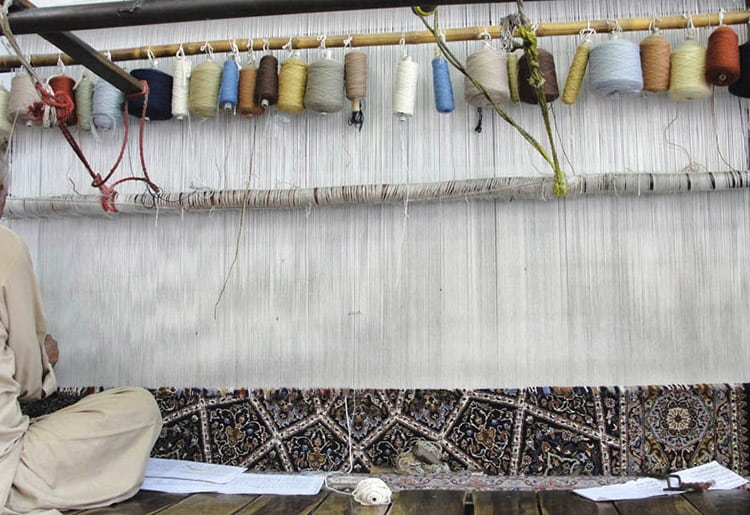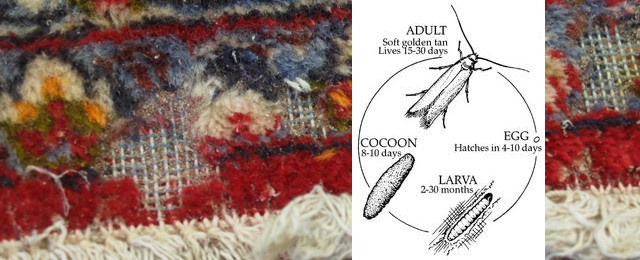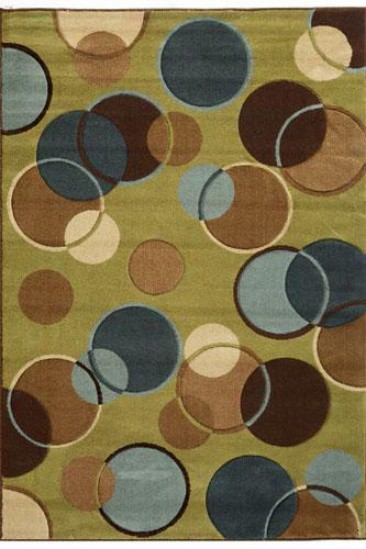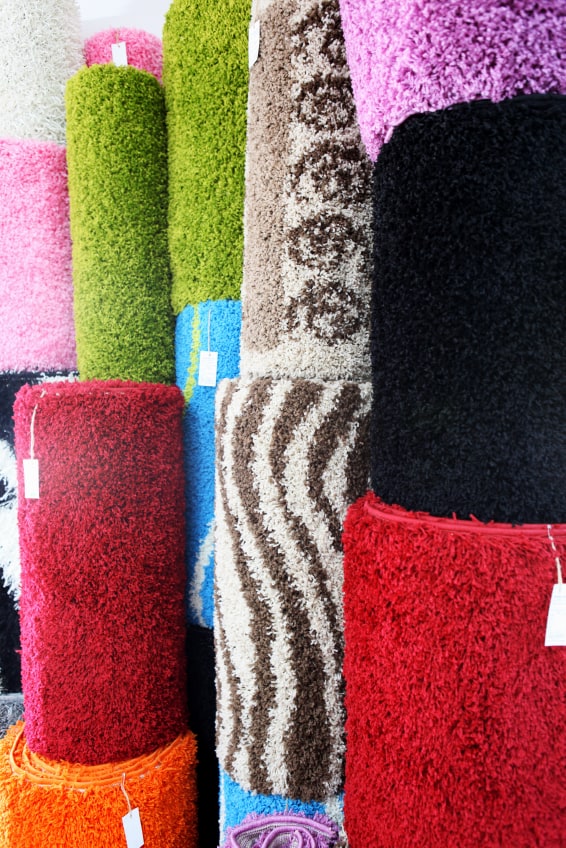Many people ask us; what is the difference between an Oriental rug and a Persian rug?
This question is commonly asked by rug buyers all over the world, who are looking to buy new or used authentic area rugs. Many rug sellers (especially those selling used rugs) claim that they have an authentic Persian or Oriental area rug, but in fact, they may not always be telling the truth, or even worst, they may not know the truth. Therefore, this article should help the average rug buyer understand the differences between authentic Persian Rugs and Oriental rugs, which should also help you in identifying non-authentic (machine-made) area rugs as well.
More than the construction, the rug’s origin is the integral aspect that determines the value of the artifact as well as the name assigned to it.
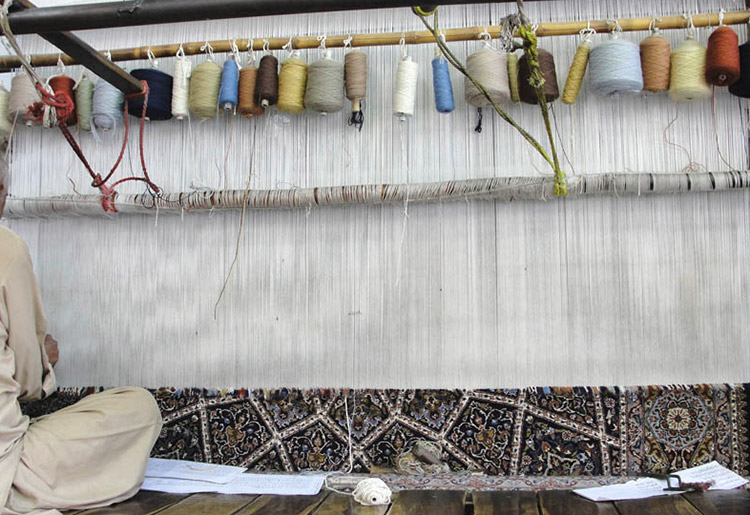
To be precise, oriental rugs have several sub-categories, one of which is the Persian rug. Persian rugs are a symbol of long-established history and traditional skills of the people of Persia. They feature the distinctive expertise of handcrafting rugs and this is native to this region specifically. So, now you know that a Persian rug is a very specific type of Oriental rug, but Oriental rugs that were handmade outside of Iran in China, India, Egypt, Pakistan or Afghanistan are not Persian rugs, but are Oriental rugs. Furthermore, if a rug was handmade in other countries besides China, India, Egypt, Pakistan, Iran (Persia), or Afghanistan then this rug is not an Oriental or a Persian rug.
Design and Pattern
Oriental and Persian rugs are significantly different in designs and patterns. Some popular designs of Persian rugs include Tabriz, Kashan, Heriz, and Kerman – each named after the villages, cities, or nomadic tribes specializing in that particular style or pattern of weave.
With a touch of local heritage, each type is crafted in vibrant colors. For their tight hand-tied knots, they often take over a year to complete with four to five craftsmen working six hours per day.
On the contrary, the designs of Oriental rugs represent distinctive customs and traditions of the region they are produced in. For example, silk rugs are a popular product of China characterized by traditional Buddhist motifs and palate of traditional colours.
Price
The hand-crafted oriental rugs and carpets (including Persian rugs) are long-lasting; therefore, a good investment for a longer term. Depending upon the size of the rug or carpet, these artifacts can cost you from $100 Canadian to tens of thousands of Canadian dollars. You can find these rugs in different sizes to fit your bedside space or cover the floor in your living room, family or dining room.
Although your rug consultant can help you with the purchase of a Persian or Oriental rug, it is best to know the basic differences between the two for a more informed buying decision. We hope that after reading this article you have a clear understanding about the differences between a Persian rug and Oriental rugs.

